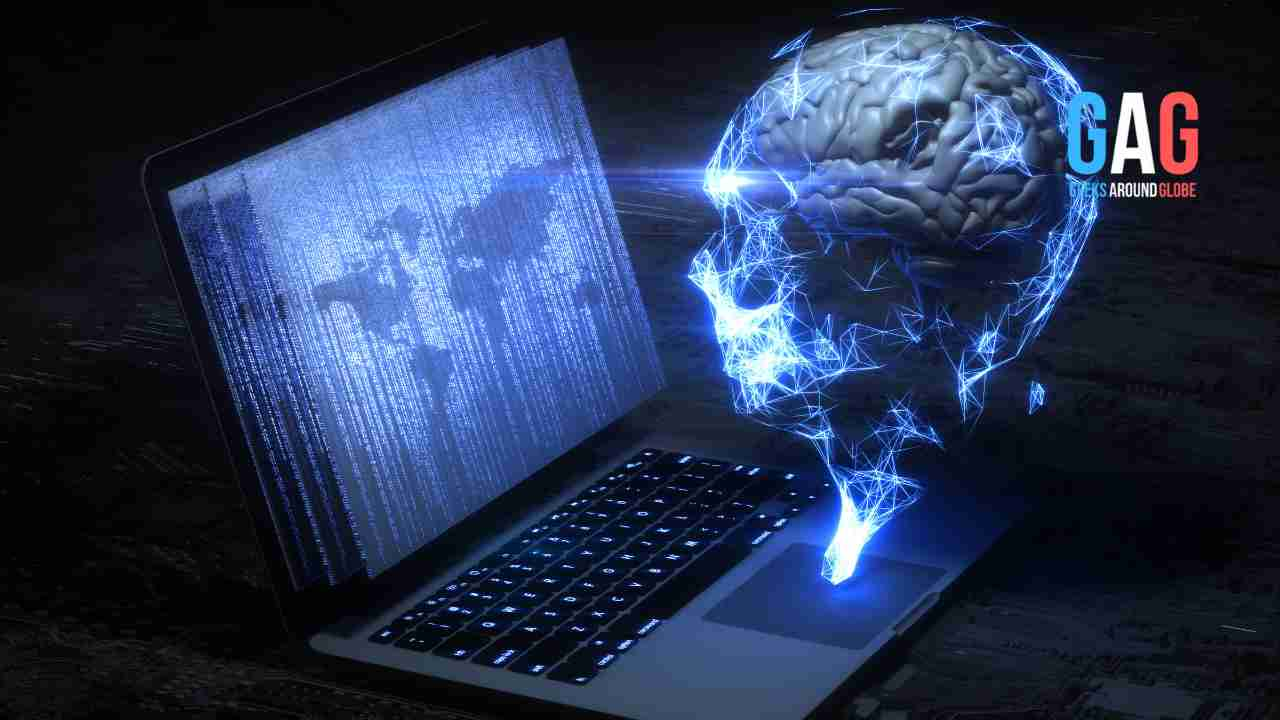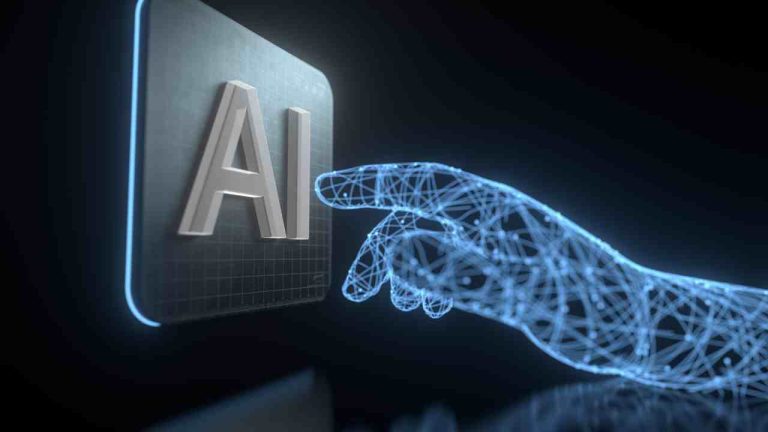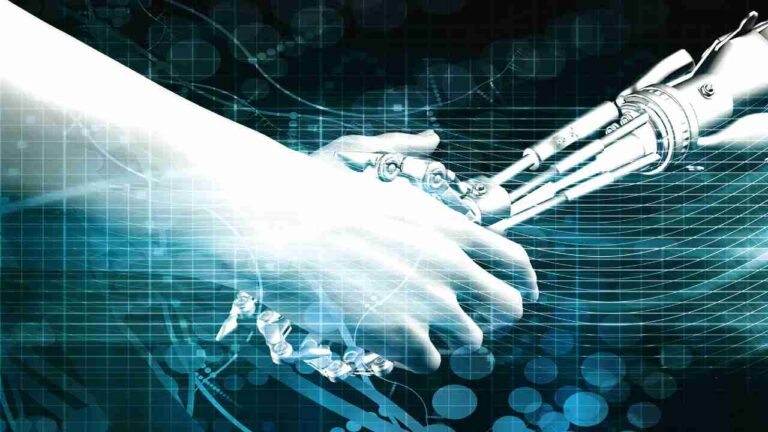- 1. The Birth of AI: 1900 – 1949
- 2. The Research Work: 1950 – 1959
- 3. The Era for All: 1960 – 1969
- 4. The Decade of Robots and Automation: 1970 – 1979
- 5. The Winter Period: 1980 – 1989
- 6. Ends the Millennium Era: 1990 – 1999
- 7. The AI Boom: 2000 – 2009
- 8. 2010–Present Day
- 9. What Is in Store for AI in 2023 and Beyond?
- 10. Final Words
Unlike in the past, the word ‘AI’ has piqued everyone’s curiosity today. And it all makes sense, considering the many times the technology has proved to be a game changer in transforming how things work.
From improving and streamlining operations in industries to enhancing smart homes, AI indeed has immense potential. Other industries, like online casinos, are now using this innovation to offer even better services and seal security loopholes.
But then, many people, including AI users, do not know this technology has come much further than they think. Well, AI has a rich history that dates back to the 1900s.
And learning the background of AI can help you appreciate the advancements happening in this field today. Besides, history makes it easier to predict what the future holds, and in this case, it can ensure you prepare well for the future of AI.
So, today, you will learn the history of AI by exploring what happened in different decades until today.
The Birth of AI: 1900 – 1949
The fundamental strides in the evolution of AI didn’t happen until the late 1990s. However, the early 1900s marked a time, when scientists laid the groundwork for this massive technology.
Here’s what defined this period:
- Plays and films that explored the idea of developing artificial people became famous. This includes the play by Karel Čapek dubbed Rossum’s Universal Robots, released in 1921, and the 1927 sci-fi film by Fritz Lang, known as Metropolis. This fueled research and discovery among scientists into the idea of robots.
- Makoto Nishimura, a biologist and professor, built Gakutensoku, the first Japanese robot, in 1929. Next was the 1939 creation of the Atanasoff-Berry Computer (ABC) by John Vincent Atanasoff in the US.
- Ten years later, in 1949, Edmund Berkeley, a computer scientist, wrote the book “Giant Brains: Or Machines That Think.” He explored how powerful machines can handle large amounts of information with much better skill and speed than humans.
The Research Work: 1950 – 1959
So much advancement happened during this period, especially in research.
Here’s what happened:
- Publications like Claude Shannon’s 1950 article, “Programming a Computer for Playing Chess,” and “Computing Machinery and Intelligence,” by Allan Turing, explored AI further.
- In 1952, Arthur Samuel invented a checkers-playing computer program. Besides Logic Theorist, the first AI computer program was developed by Allen Newell, Herbert Simon, and Cliff Shaw in 1955.
- Lisp, an AI programming language, was developed in 1958 by McCarthy, while Samuel coined the term “machine learning” in 1959.
The Era for All: 1960 – 1969
The 1960s marked a vast innovation period in developing new programming languages, robots, and films.
The highlights include:
- In 1961, George Devol deployed one of the first robots to work at the General Motors assembly line in New Jersey.
- Other inventions that followed include Student and Eliza, both interactive computer programs developed using AI in 1964 and 1965, respectively.
- Charles Rosen developed the ‘first electronic person’ in 1966. He named this general-purpose robot ‘Shakey the Robot.’
- In 1968, a film named 2001: A Space Odyssey premiered, featuring a sentient computer with interactive capabilities. The same year, Terry Winograd created SHRDLU, an AI programming language.
The Decade of Robots and Automation: 1970 – 1979
AI advancements, more so in robots and automation, became even more rapid in the 1970s.
Here’s a brief look at this decade:
- In 1970, Waseda University in Japan built Wabot-1, a robot with movable legs, sight, and communication ability.
- In 1977, George Lucas released a film ‘Star Wars, which was all about AI and robotics.
- Hans Moravec improved an early example of an autonomous vehicle that James L. Adams developed in 1961.
The Winter Period: 1980 – 1989
This period got named “AI winter” because it saw little interest in AI advancements and funding.
Here are the key things that happened:
- Waseda University built Wabot-2 in 1980, which communicated effectively with humans. In 1984, Steven Barron released Electric Dreams, a film that featured Edgar, a sentient computer.
- Roger Schank and Marvin Minsky issued an AI winter warning at the Association for the Advancement of Artificial Intelligence (AAAI) that came true three years later.
- In 1986, Mercedes-Benz developed a driverless van that used cameras and sensors.
- In 1988, Rollo Carpenter released a chatbot named Jabberwacky.
Ends the Millennium Era: 1990 – 1999
This decade marked the end of the millennium, and significant advancements took place in the AI field.
They include:
- The development of the Eliza-inspired ALICE (Artificial Linguistic Internet Computer Entity) by Richard Wallace in 1990.
- Also, the development of Long Short-Term Memory (LSTM) by Sepp Hochreiter and Jürgen Schmidhuber aided speech recognition and handwriting.
- In 1997, IBM developed a chess-playing computer named Deep Blue, which won a match against a reigning world champion.
- In 1998, Dave Hampton and Caleb Chung developed the first pet toy robot for children. In 1999, Sony also developed a similar robot that could communicate with its human owner.
The AI Boom: 2000 – 2009
AI continued its upward trend in the new millennium, with even more booming developments.
Here’s what transpired:
- Kismet, a robot with a human face, was developed by Cynthia Breazeal in late 1999 and launched in 2000. This happened alongside the release of ASIMO, an artificially intelligent humanoid robot released by Honda.
- In 2001, Steven Spielberg released a movie titled “AI: Artificial Intelligence”. It featured an advanced humanoid child that had feelings and could even love someone.
- Roomba, an autonomous vacuum cleaner, was released by I-Robot in 2002. It could clean spaces while avoiding any obstacles placed in its way.
- NASA used robots to explore Mars in 2004, and Alex Proyas released a movie titled I, robot.
- In 2006, three computer scientists, Oren Etzioni, Michele Banko, and Michael Cafarella, coined the term “machine reading,” which refers to the unsupervised understanding of texts.
- Google started developing a driverless car in 2009, and in 2014, it passed Nevada’s self-driving test.
2010–Present Day
The current decade has seen AI become widely accepted, and it is safe today that it is no longer a dream.
Here is what has happened so far:
- In 2010, ImageNet launched the ImageNet Large Scale Visual Recognition Challenge (ILSVRC).
- Microsoft developed Kinect in the same year for the Xbox 360 to help track human movements.
- In 2011, Apple released a virtual assistant named Siri for its operating system to provide support to human users.
- IBM created a natural language question-answering computer named Watson, which defeated former champions in a televised game.
- Microsoft and Amazon created Cortana and Alexa, respectively, in 2014.
- In 2015, over 3000 people, including Elon Musk, Stephen Hawking, and Steve Wozniak, signed a petition to bar the use of autonomous weapons in wartime.
- In 2016, Google created a smart speaker named Google Home that can work as a personal assistant in a home or office.
- In 2016, Hanson Robotics created a humanoid robot named Sophia that could communicate, express emotions, or even recognize images.
- In 2017, Facebook’s Artificial Intelligence Research Lab created two chatbots to converse with each other, but the bots shifted from human language and created their own without human help.
- 2018 Google created BERT, while Samsung developed Bixby to help in deep learning.
- In 2019, AlphaStar, created by Google, played StarCraft 2 to reach Grandmaster, and only 2% of human players could do better than it.
- In 2020, OpenAI started testing GPT -3, which leverages the power of deep learning to create code and even do writing tasks.
- In 2021, AI moved closer to understanding the visual world when OpenAI developed DALL-E, which could understand images and write accurate captions.
- 2022 saw AI become genuinely accessible to the public, with DALL-E, stable diffusion, and chatGPT becoming more popular.
What Is in Store for AI in 2023 and Beyond?
The essence of AI in daily life is no longer a question, but rather, it is critical to know what to expect from AI in the future. And the truth is, a lot more are set to come. From more chatbots and virtual assistants, NLP, ML, and autonomous cars, the future looks promising.
Below are other things to expect from this industry:
- You can anticipate more heightened awareness and ethical concerns in this field. Experts will find ways to stop AI bias, which is a big issue.
- There will be much stronger regulation in the AI industry in the future. Governments will need to protect the rights of the public from the AI wave.
- With AI becoming more mainstream, most businesses will look forward to investing more in the future. Also, more companies will try to integrate AI into their day-to-day activities to drive long-term success.
Final Words
AI is here and the best way to prepare for the AI revolution is to embrace it. According to reports, AI is set to cause a significant labour-market disruption in various industries. But then, AI won’t render everyone jobless, especially those who’re ready to embrace it. And this will even mean better results for organizations and individuals willing to tap into the vast potential of AI.
.







